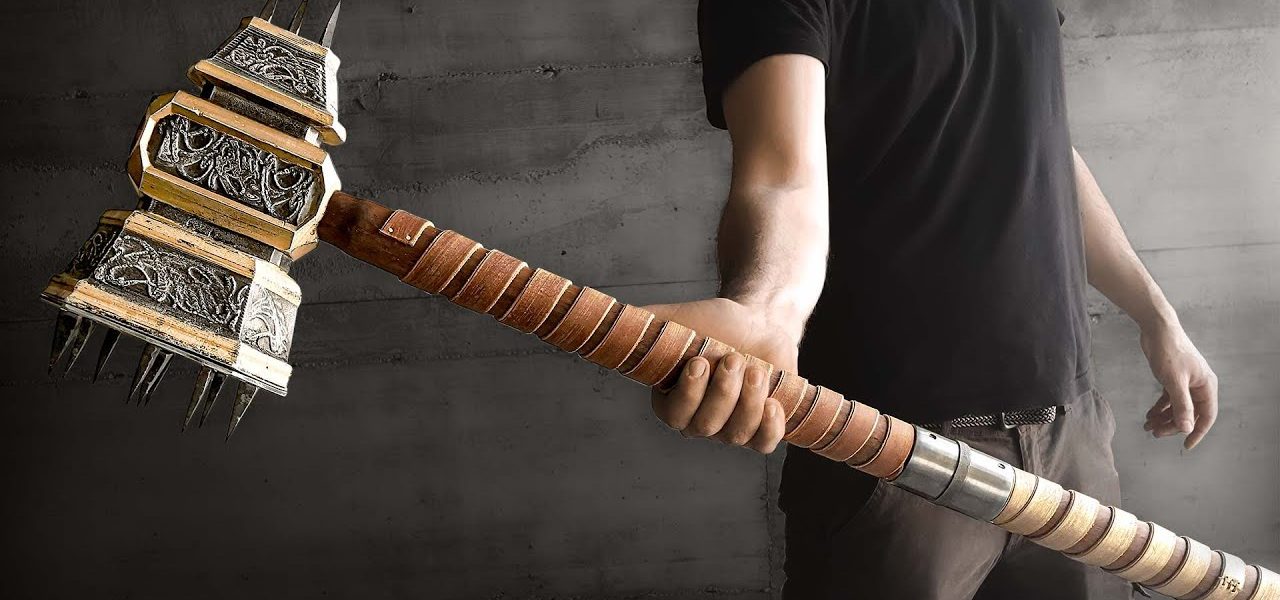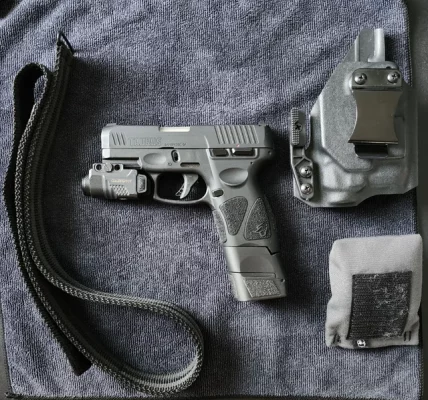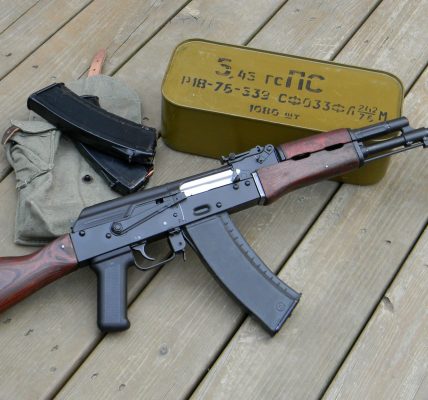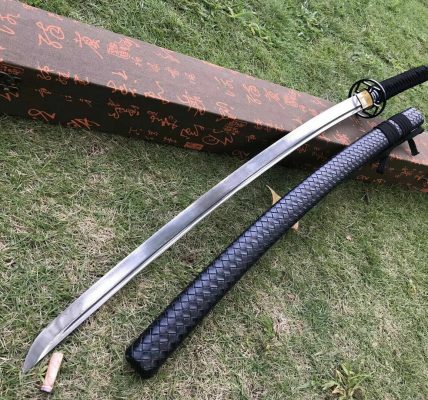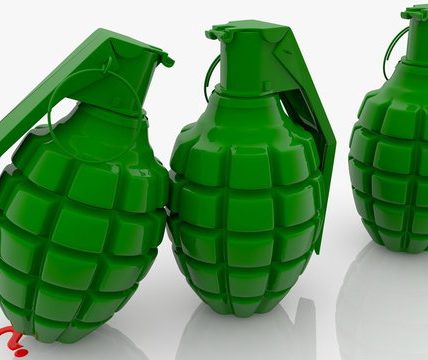War hammers, with their heavy heads and long handles, have been used as weapons for centuries. These formidable tools of war have played a significant role in shaping the course of history, from ancient battlefields to medieval jousting tournaments.
Origins and Evolution
The origins of the war hammer can be traced back to the Stone Age, when early humans used crudely shaped stone hammers as weapons. As metallurgy developed, war hammers were crafted from bronze and later iron, becoming more durable and effective.
During the Middle Ages, war hammers evolved into more sophisticated weapons, often featuring a long handle and a heavy head with spikes or blades. These weapons were used by both infantry and cavalry, and were particularly effective against armored opponents.
Types of War Hammers
There are several types of war hammers, each with its own unique characteristics:
- Mace: A heavy, blunt weapon with a spiked head, often used for crushing armor.
- Morningstar: A type of mace with a spiked ball at the end of the handle.
- Pickaxe: A war hammer with a pointed end, designed for piercing armor.
- Halberd: A long-handled weapon with a combination axe head and spear point.
Combat Techniques
War hammers were used in a variety of combat techniques. They could be used for slashing, chopping, and crushing, making them versatile weapons in close combat. Some warriors were skilled in using the war hammer with both hands, while others preferred a one-handed grip.
The War Hammer in Popular Culture
The war hammer has been featured in countless works of fiction, including movies, television shows, and video games. It is often associated with powerful warriors and legendary battles. The war hammer’s iconic appearance and historical significance have made it a popular subject for collectors and enthusiasts.
Modern-Day Use
While the war hammer is no longer used as a weapon in modern warfare, it remains a popular tool for historical reenactments and martial arts. It is also a popular subject for collectors and enthusiasts who appreciate its historical significance and brutal efficiency.
Would you like to know more about a specific type of war hammer, its historical use, or its appearance in popular culture?
